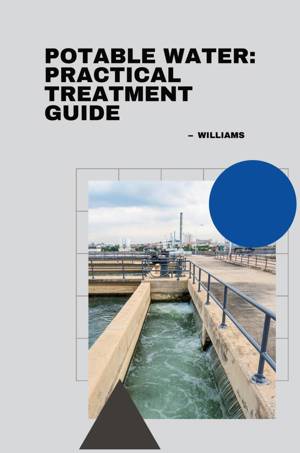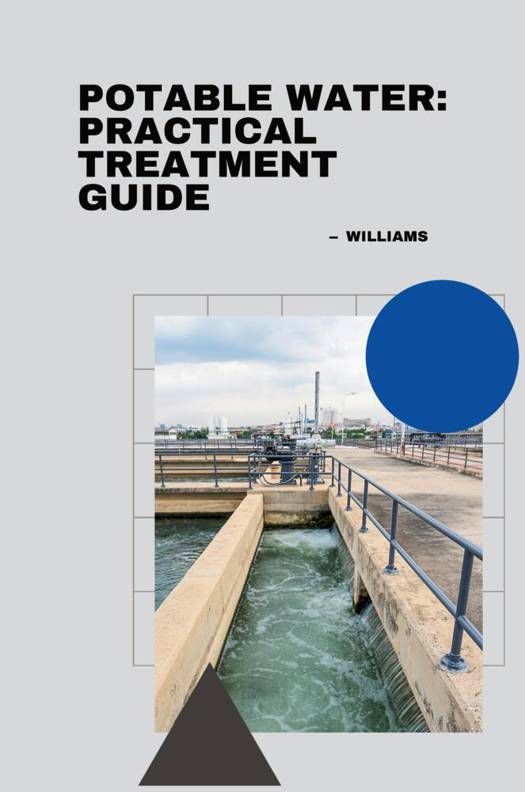
- Retrait gratuit dans votre magasin Club
- 7.000.000 titres dans notre catalogue
- Payer en toute sécurité
- Toujours un magasin près de chez vous
- Retrait gratuit dans votre magasin Club
- 7.000.0000 titres dans notre catalogue
- Payer en toute sécurité
- Toujours un magasin près de chez vous
Description
This coursework master's dissertation (60 credits) has been developed as part of the author's Master's of Engineering Degree (MEng) in Water Quality Engineering at the University of Cape Town (UCT). The author currently works in the field of water and wastewater treatment, as a consulting engineer, with eight (8) year's relevant experience. The latter four (4) years have been mainly focussed on potable water treatment and rendering it safe for human consumption. During this time the author received some exposure to the chemical- and physical water treatment processes, however, it was felt that in-depth knowledge on the matter was lacking. Therefore, the focus of this dissertation pertains to potable water treatment only and its emphasis is on the following aspects: - Raw water quality: What should one test for in the raw water, when and why should you test for it and how can it be removed or used to inform the process design. - Process design: A user friendly excel based software model has been developed by the author, that enables the user to perform a process design that should be able to adequately treat most surface waters (from rivers and dams). Water is a precious and limited resource that plays a vital role in sustaining life on earth. Also, 60% of an adult human body consists of water and if not consumed in sufficient amounts, can lead to dehydration, and ultimately result in fatality. However, water does not only fulfil a critical survival need. It is also used in many other applications. For example, in the municipal sphere water is used for various other purposes, such as bathing, brushing of teeth, washing of clothes, transporting excrement (in the form of wastewater), preparing food, watering of gardens, to name but a few. In the industrial sector water can be used for cooling, food and drink production, washing etc. The list goes on and on. In most cases water in its natural form is not suitable for use in any of the above-mentioned applications and mu
Spécifications
Parties prenantes
- Auteur(s) :
- Editeur:
Contenu
- Nombre de pages :
- 64
- Langue:
- Anglais
Caractéristiques
- EAN:
- 9783384225467
- Date de parution :
- 11-05-24
- Format:
- Livre broché
- Format numérique:
- Trade paperback (VS)
- Dimensions :
- 152 mm x 229 mm
- Poids :
- 104 g

Les avis
Nous publions uniquement les avis qui respectent les conditions requises. Consultez nos conditions pour les avis.






